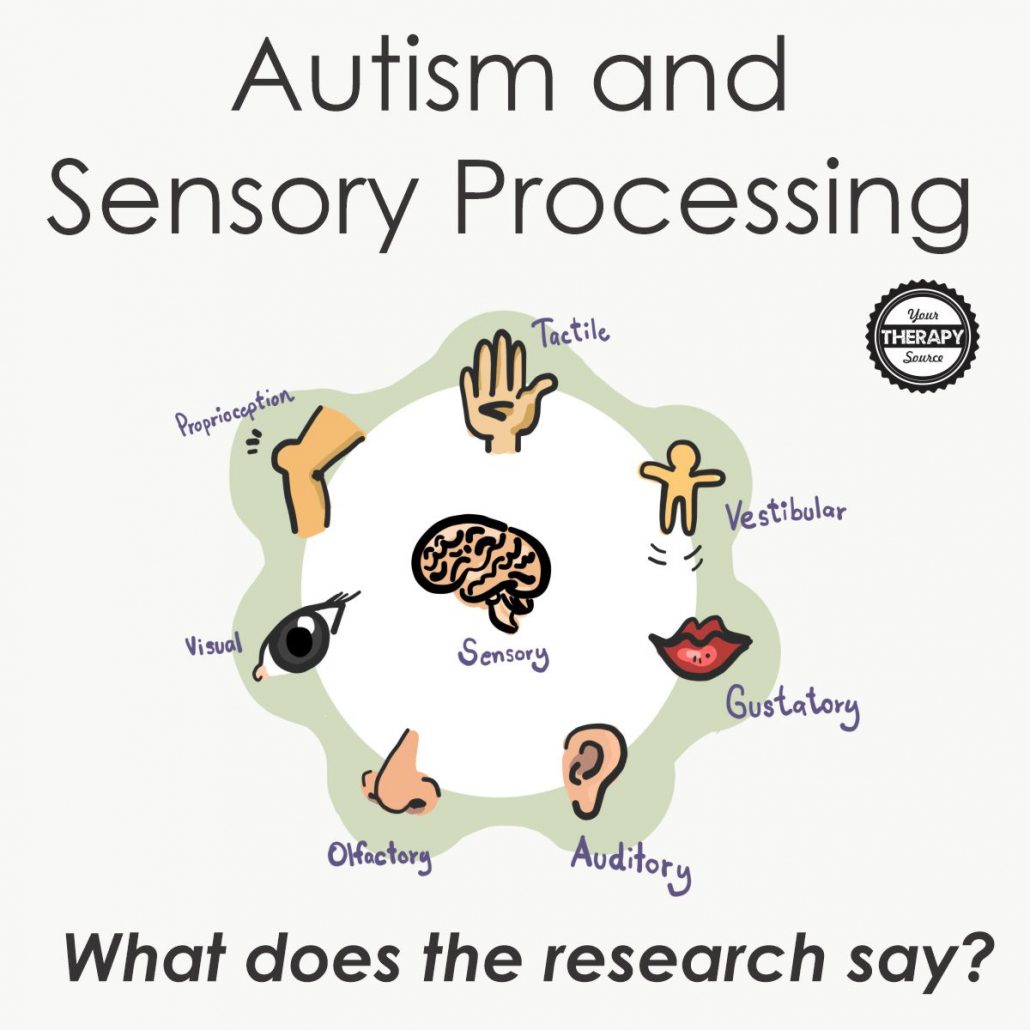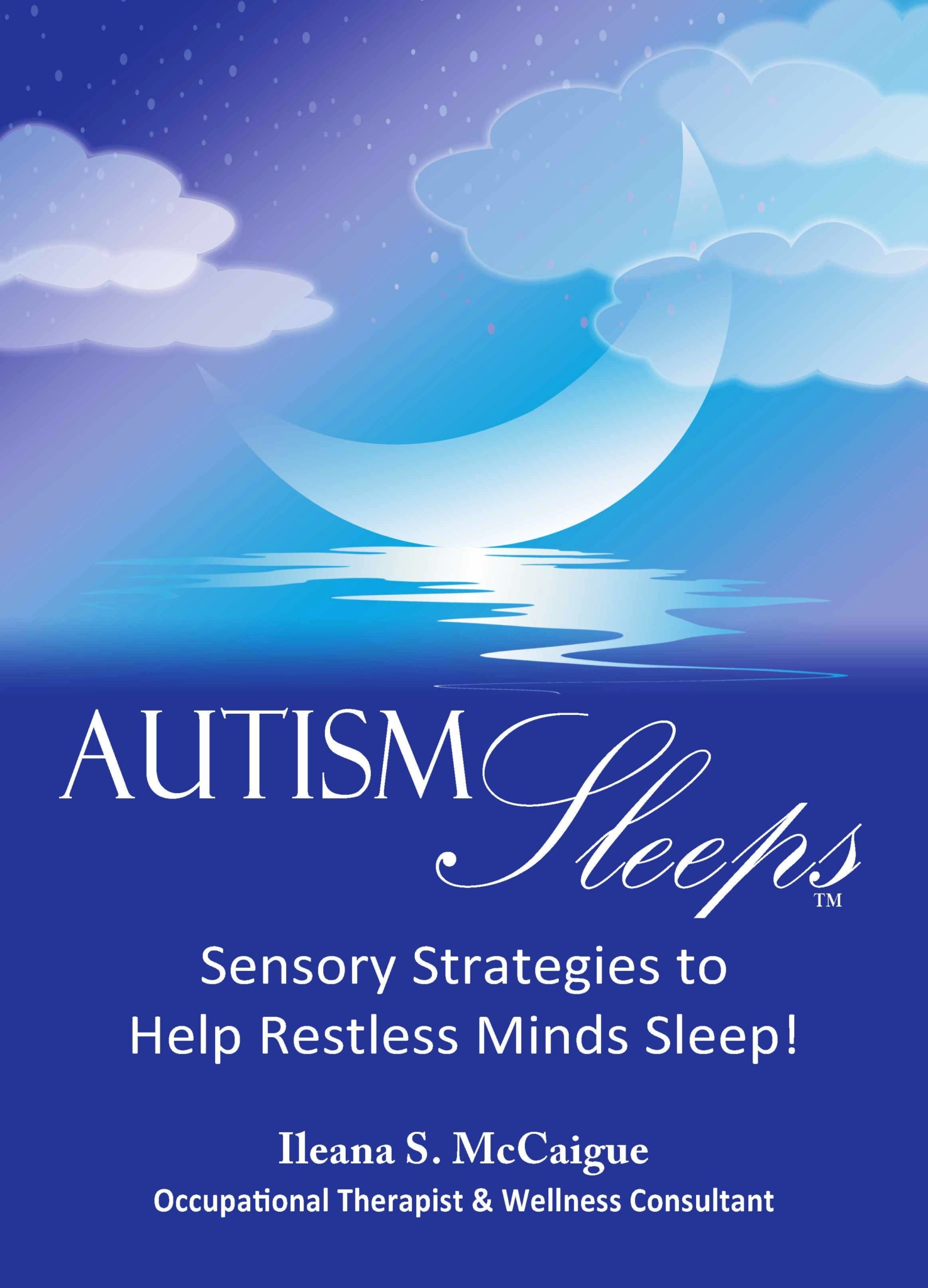Autism and Sensory Processing Disorder
If you work or parent individuals with autism, you are familiar with the individuality of sensory preferences. Oftentimes, we observe sensory reactions that are not typical or vary greatly from one child to another. Recent research took a closer look at autism and sensory processing disorder to determine if there were any patterns or similarities.

This is an important topic because the sensory differences can present as challenging behaviors and feelings of distress in autistic individuals. The sensory differences can also be associated with difficulties in other domains such as motor, social, and cognitive abilities.
Past research has indicated that specific sensory differences may cluster together. However, the details on how they are associated with each other are unclear.
Methodology of the Study on Autism and Sensory Processing Disorder
Each participant of the 599 autistic children and adults between the ages of 1 and 21 years was evaluated using the Short sensory profile and other assessments. The data was analyzed comparing age, adaptive behavior, and traits associated with autism, attention-deficit and hyperactivity disorder, and obsessive and compulsive disorder across the resultant clusters.
The Short Sensory Profile includes 7 subscales:
- tactile sensitivity
- taste/smell sensitivity
- movement sensitivity
- under-responsive/seeks sensation
- auditory filtering
- low energy/weak
- visual/auditory sensitivity.

Sensory Behaviors Checklist
Results
Following data analysis, the research indicated that there were five sensory phenotypes. A phenotype is an individual’s observable traits.
- Sensory adaptive – show probable differences on the auditory filtering and low energy/weakness subscales
- Generalized sensory differences – to have definite differences across all Sensroy Short Profile subscales
- Taste and smell sensitivity – particularly high taste and smell sensitivity
- Under-responsive and sensation seeking – definite differences in under responsivity and sensory seeking, as well as auditory filtering difficulties, probable differences in visual/auditory and tactile processing
- Movement difficulties with low energy – definite differences in movement, under-responsiveness and sensory seeking, auditory filtering, and low energy and weakness, with probable differences in tactile, taste and smell, and visual and auditory processing.
Age, adaptive behavior, and traits associated with autism, attention-deficit and hyperactivity disorder, and obsessive and compulsive disorder were found to differ significantly across the five phenotypes.
Age, Autism and Sensory Processing Disorder
The research indicated that Taste and Smell Sensitivity phenotype were significantly younger than participants with the Sensory Adaptive phenotype. The individuals with the Under-responsive and sensation seeking phenotype were also significantly younger than participants with the Sensory Adaptive phenotype.
IQ, Autism and Sensory Phenotypes
There were no differences in IQ across sensory phenotypes for full-scale IQ and performance.
Sensory phenotypes and adaptive functioning
The VABS-II adaptive behaviour scores differed across all of the sensory phenotypes.
Sensory phenotypes and ASD traits
The repetitive behaviors total score, along with the self-injury, stereotypy, ritualistic/sameness, and compulsions subscales all varied across the sensory phenotypes. It was noted that participants with the Sensory Adaptive phenotype had better social skills than participants with all other phenotypes.

Autism Sleeps™
Sensory phenotypes and ADHD traits and OCD traits
Participants with the Sensory Adaptive phenotype had lower levels of inattention than those with the Generalized Sensory Differences. In addition, individuals with the Sensory Adaptive phenotype showed lower levels of hyperactivity than those with all other phenotypes.
For OCD, the data indicated that the participants with Movement difficulties with low energy phenotype had more OCD traits than those with the Sensory Adaptive phenotype. The participants with the Generalized Sensory Differences phenotype had more OCD traits than those with the Sensory Adaptive phenotype.
Conclusion from the Study on Autism and Sensory Processing Disorder
The researchers were able to determine that there were five combinations of sensory processing patterns in the individuals with autism who participated in the study. These different sensory phenotypes or categories were associated with different traits such as age, repetitive behaviors, inattention, hyperactivity and OCD traits.
These sensory phenotypes may help in the development of effective treatments and interventions for sensory difficulties.
Reference
Scheerer, N.E., Curcin, K., Stojanoski, B. et al. Exploring sensory phenotypes in autism spectrum disorder. Molecular Autism 12, 67 (2021). https://doi.org/10.1186/s13229-021-00471-5


